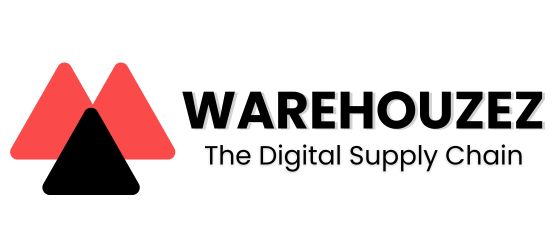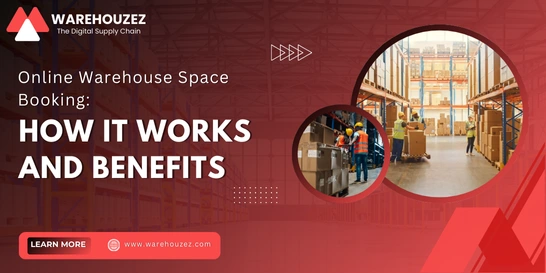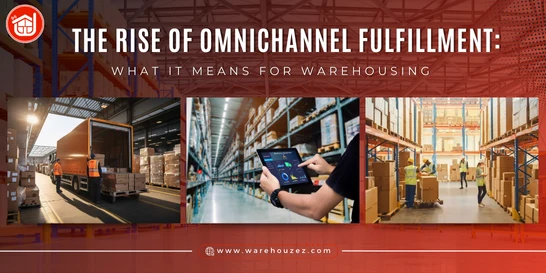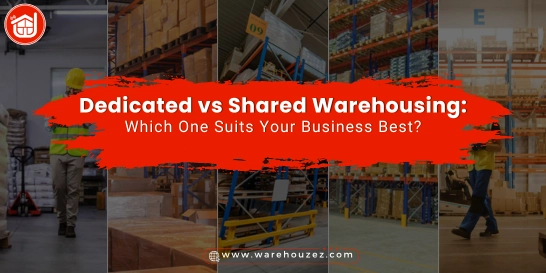Drop shipping vs. E-Commerce Fulfillment: Which Is Best for You?
Drop shipping vs. E-Commerce Fulfillment: Which Is Best for You?
In recent times, online shopping has grown rapidly. Many businesses are leveraging the internet to reach customers worldwide. Whether you are promoting or selling products online, how you handle order fulfillment can make or break your business. This makes it important to choose the right fulfillment model.
Two popular fulfillment methods for online stores are: dropshipping and e-commerce fulfillment. Drop shipping enables you to sell products without keeping any inventory. Whereas, e-commerce fulfillment involves handling stock and the shipping process. Each of these order fulfillment methods has its own set of benefits and challenges. Dropshipping is quite easy to start with lower costs but leads to longer delivery times.
E-commerce fulfillment gives you more control but requires more upfront investment. Understanding these differences can certainly help you make the best choice for your online business.
In this blog post, we will explain what dropshipping and e-commerce fulfillment are, compare them, and help you decide which is best for your business. So, let's get started!
What is Dropshipping?
Dropshipping is a retail fulfillment model where an online store sells products without keeping them in stock. As soon as a customer places an order, the store buys it from a third-party supplier. Then, this supplier ships the order directly to the customer. This way, the store owner does not need to manage inventory, storage, or shipping. This business model enables you to sell a wide range of products without making any hefty investments in inventory.
Here's a quick look at the steps involved in this fulfillment model:
The customer visits and places an order on your online store.
You then and there forward the order details to your supplier.
The supplier processes the order as per the details and ships it to the end-customer.
You notify the customer that their order has been shipped with tracking links.
Dropshipping Advantages and Disadvantages
Now let's take a look at the dropshipping advantages and disadvantages:
Advantages-
• Lower Costs: You don't really need to make investments in inventory, reducing initial expenses. This makes it easier to start an online store with minimal capital.
• No Need for Inventory Management: Here the supplier handles both the storage and shipping, saving you time and money.
• Scalability and Flexibility: With dropshipping, you can add on new product ranges to scale your business without worrying about warehousing.
Disadvantages-
• Lower Profit Margins: Since you buy products from third-party suppliers, the profit margins can be lower.
• Less control Over Inventory and Shipping: In this model, the supplier is responsible for stock availability and shipping. Thus, it can lead to longer delivery times and customer satisfaction issues.
What is E-Commerce Fulfillment?
E-commerce fulfillment involves managing the entire order lifecycle for online businesses. It includes everything from receiving and storing products to shipping them to end-customers. In today's fast-paced world, online businesses often rely on third-party logistics (3PL) providers for e-commerce fulfillment. These 3PL providers offer full-scale fulfillment solutions, allowing businesses to focus on their online presence.
Here's a quick look at the stages involved in the e-commerce fulfillment process:
Receiving Inventory: The 3PL provider receives and stores your products in their e-commerce warehouse.
Order Processing: When a customer places an order, the 3PL provider picks the items from the warehouse.
Packing: Then, they pack the products securely to ensure they arrive in proper condition.
Shipping: The packed orders are shipped to customers using various delivery methods.
Handling Returns: The 3PL company manages returns and exchanges according to your online store’s policy.
E-Commerce Fulfillment Pros and Cons
Now let's take a glance at the pros and cons of e-commerce fulfillment:
Pros-
• Higher Profits: You can enjoy higher profit margins by making bulk purchases and managing the entire order fulfillment process.
• Control Over Inventory and Shipping: With in-house fulfillment operations or with a 3PL provider, you have more control over stock levels and shipping times. This helps ensure that products are readily available and orders are processed quickly.
• Faster Delivery Times: By working with a 3PL provider, you can ensure faster delivery times. This increases customer satisfaction by reducing wait times for deliveries.
Cons-
• Higher Startup Costs: Handling fulfillment-related operations in-house requires investment in inventory management, warehousing, and shipping.
• Complex Inventory Management and Logistics: When you are responsible for managing inventories and logistics, it can be complex and time-consuming.
What's the Difference Between Dropshipping and E-Commerce Fulfillment?
Dropshipping and e-commerce fulfillment differ in various ways. Firstly, dropshipping generally has lower initial costs since you don’t need to invest in inventory or warehousing. However, this model can result in lower profit margins because of higher per-item retail costs and supplier fees. Additionally, dropshipping offers less control over inventory and logistics, which can lead to slower delivery times. In contrast, e-commerce fulfillment involves higher upfront costs due to investments in inventory and storage. Yet, it allows for greater control over inventory management and logistics processes, leading to faster deliveries. This control can also improve customer service, as you can ensure an excellent shopping experience for your customers.
Dropshipping vs. E-Commerce Fulfillment: Which One is Right For Your Business?
Choosing the best fulfillment model for your online business depends on several factors. These include your business needs, resources available, budget, nature of your products, and customer base. Each model offers distinct advantages, and the right choice will align with your business strategy and operational needs. Evaluating your specific situation will help determine which model best suits your objectives.
Here's when dropshipping is suitable:
If you have less capital and cannot afford to invest in inventory.
If you prefer not to handle the logistics of inventory management and shipping.
Here's when e-commerce fulfillment is suitable:
If you have the budget for inventory management and want to take advantage of bulk purchasing.
If customer satisfaction is your top-most priority with faster shipping and great product quality.
A Quick Recap
To conclude, choosing the right fulfillment model fundamentally depends on your business needs. All order fulfillment strategies have their own set of advantages and drawbacks. Dropshipping offers low startup costs and flexibility but has lower profit margins and less control. Managing your own inventory through 3PL provides better control and higher profit margins but requires a larger investment. Consider your budget, product type, and customer expectations to make the best choice for your business.



